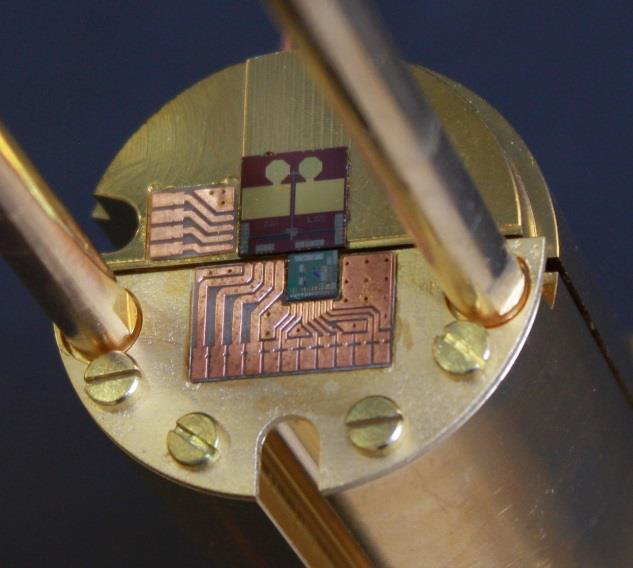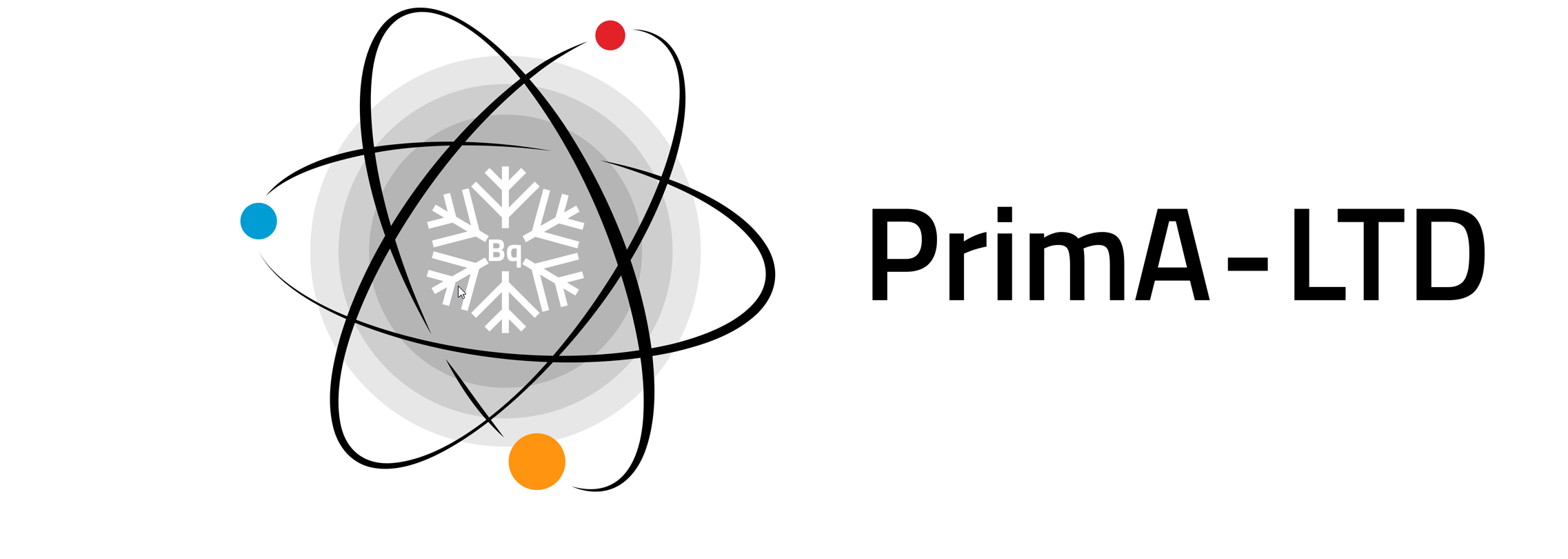This project aims to develop new measurement techniques to determine the activity as well as fundamental nuclear data and measurement of beta shape spectrum using low temperature detectors (LTDs). The research also comprises the computation of beta spectrum shapes and electron capture decay using sophisticated new theoretical calculations.

Overview
Radionuclide metrology, and more specifically, activity standardisation, is based on well-established measurement techniques that have been used and improved for decades. However, some nuclides such as the α-decaying 241Am, show better achievable uncertainty compared to e.g. 55Fe, that decays by low-energy electron capture. The project will close this gap by developing new primary techniques for activity standardisation using low-temperature calorimeters. The combination of high-resolution spectrometry for radioactive decays with sophisticated novel theoretical calculations of the spectrum shape will also increase knowledge of the fundamental decay data.
Objectives
The objective of the project is to improve the capabilities in radionuclide metrology, by developing a new primary activity standardisation method based on LTDs and improve on fundamental decay data. The specific objectives of the project are:
1. To develop a new primary method for decay scheme independent activity determination using low temperature detector-based spectrometers with a quantum efficiency of 100 %, high energy resolution and with the capability of processing measurement statistics which exceed 108 events/spectrum.
2. To combine new source preparation techniques (e.g. ion implantation), and modern detectors (e.g. metallic magnetic calorimeters, etc.), in order to standardise one α emitter (241Am), one β emitter ( 129I) and one electron-capture nuclide (55Fe). This should aim to considerably reduce the uncertainty compared to existing methods.
3. To develop a method for the measurement of 55Fe energy spectra with a better energy resolution and a lower energy threshold (< 50 eV) than existing techniques, to be used to determine fractional electron-capture probabilities. This should include determining L-subshell probabilities and a precise study of shake-up and shake-off effects. In addition, this approach should be used to determine the beta spectrum shape of 129I down to 0 keV.
4. To compute beta spectrum shapes and electron capture decay using new calculation techniques, which consider all relevant effects from atomic and nuclear structure.
5. To facilitate the take up of the technology and measurement infrastructure developed in the project by the measurement supply chain (National Metrology Institutes, Designated Institutes, research laboratories) and users (authorities with responsibilities in radiation protection and environmental monitoring, researchers in allied fields)
